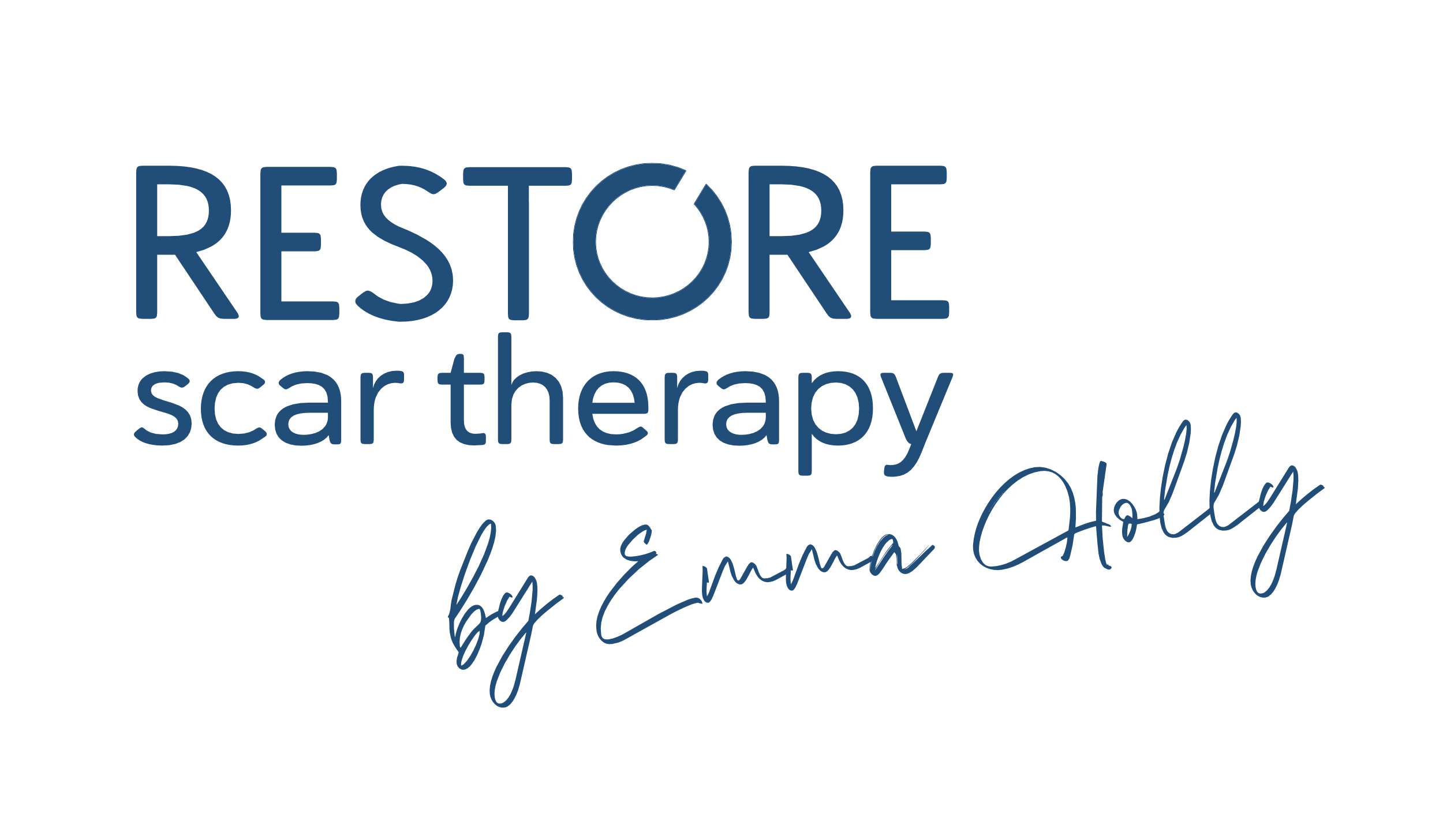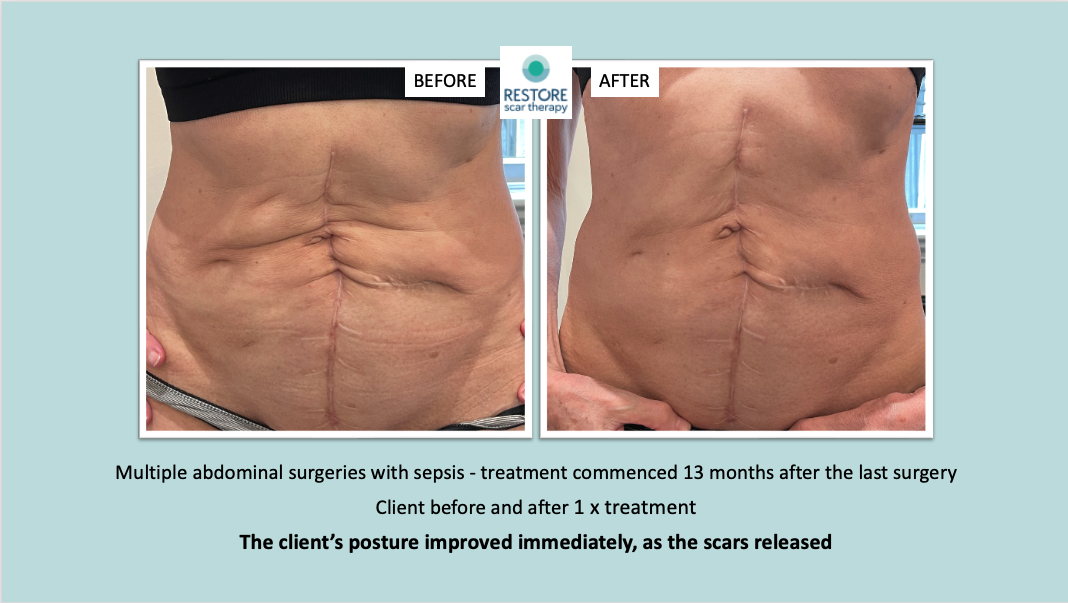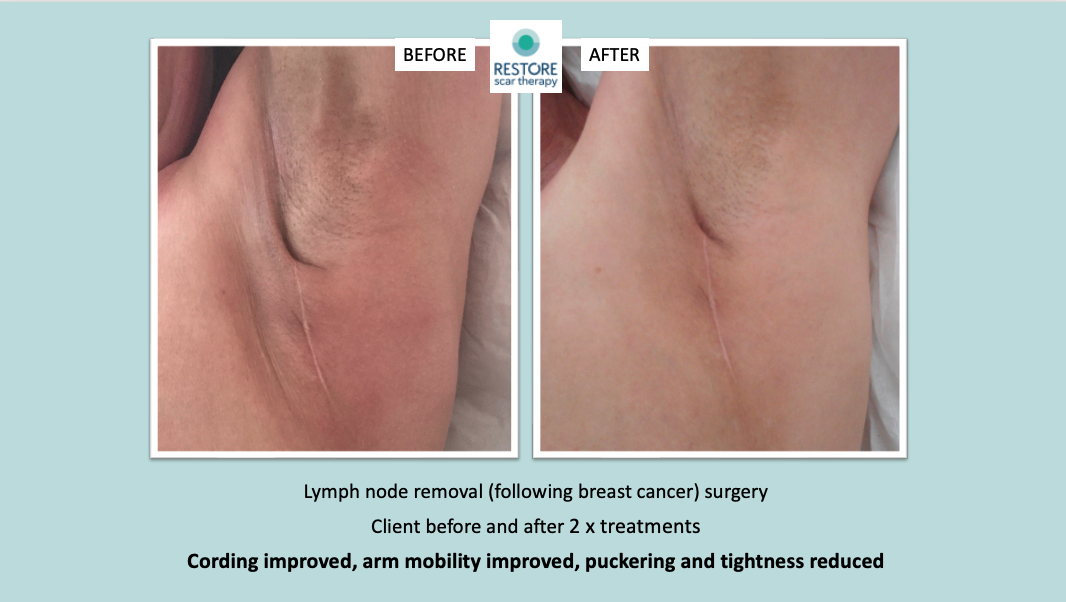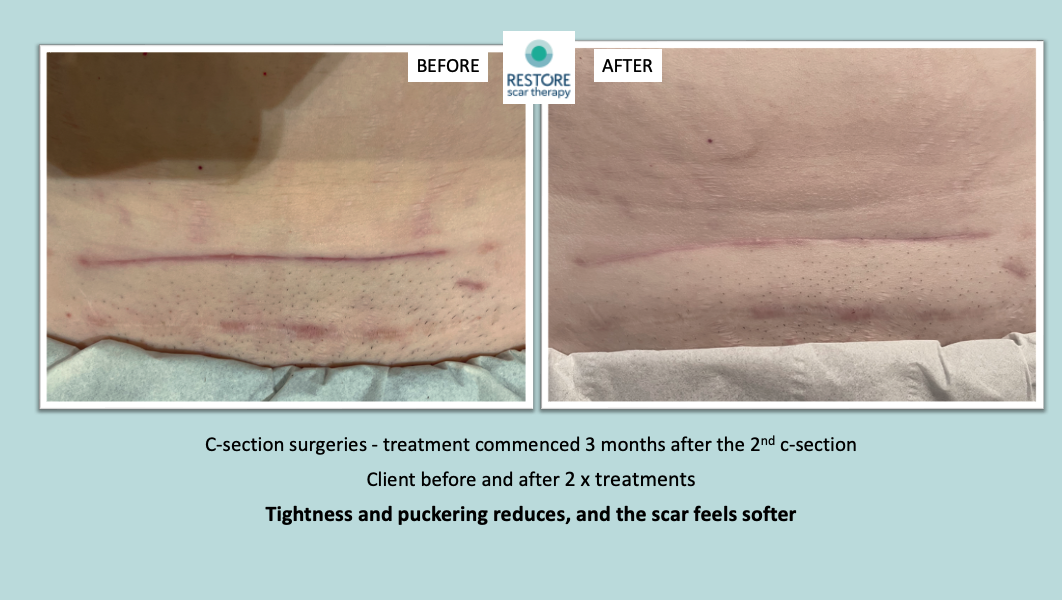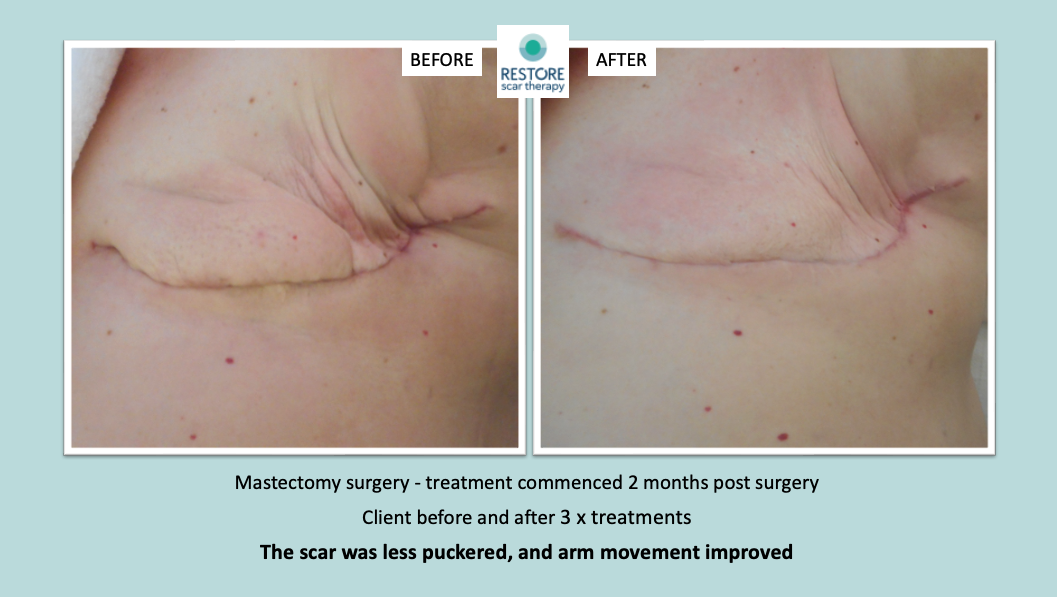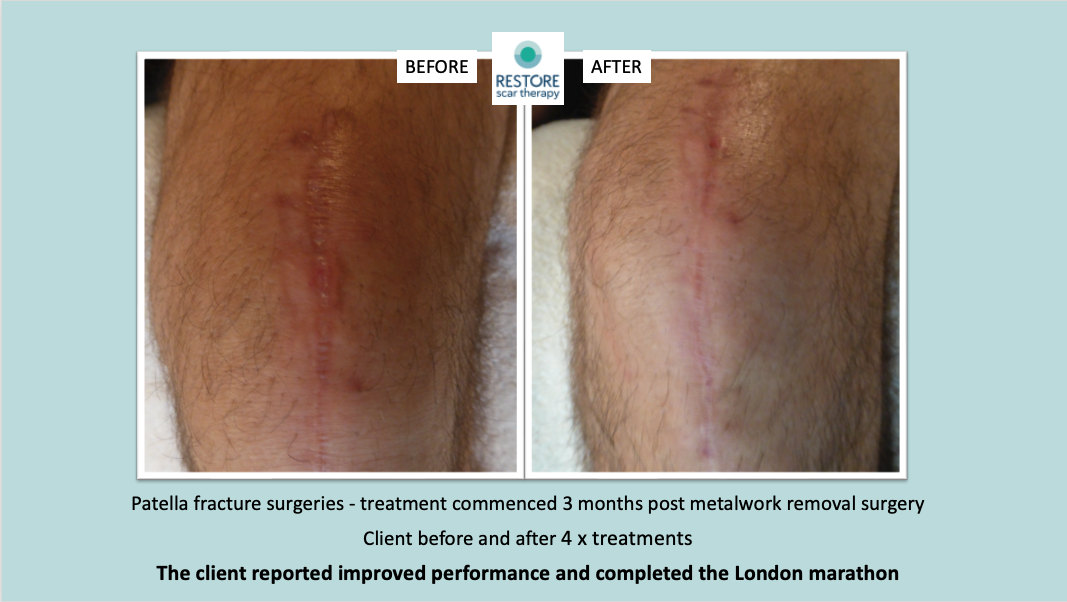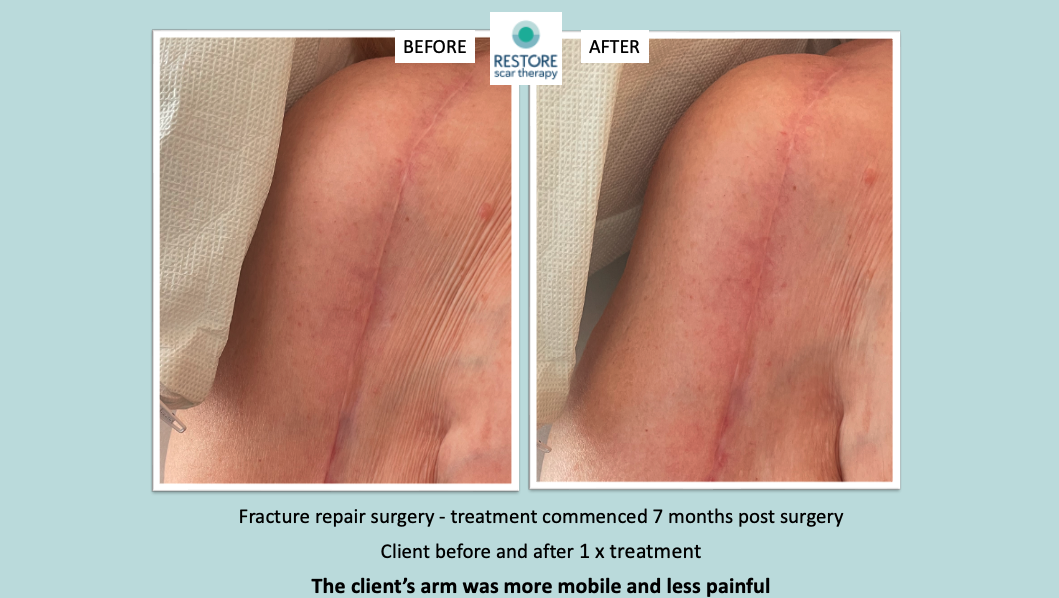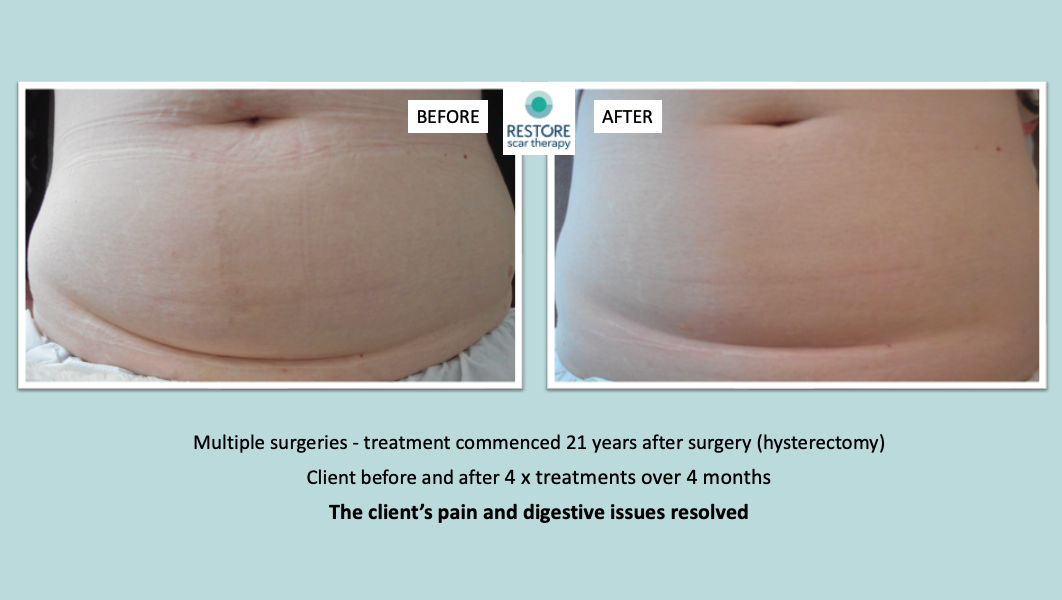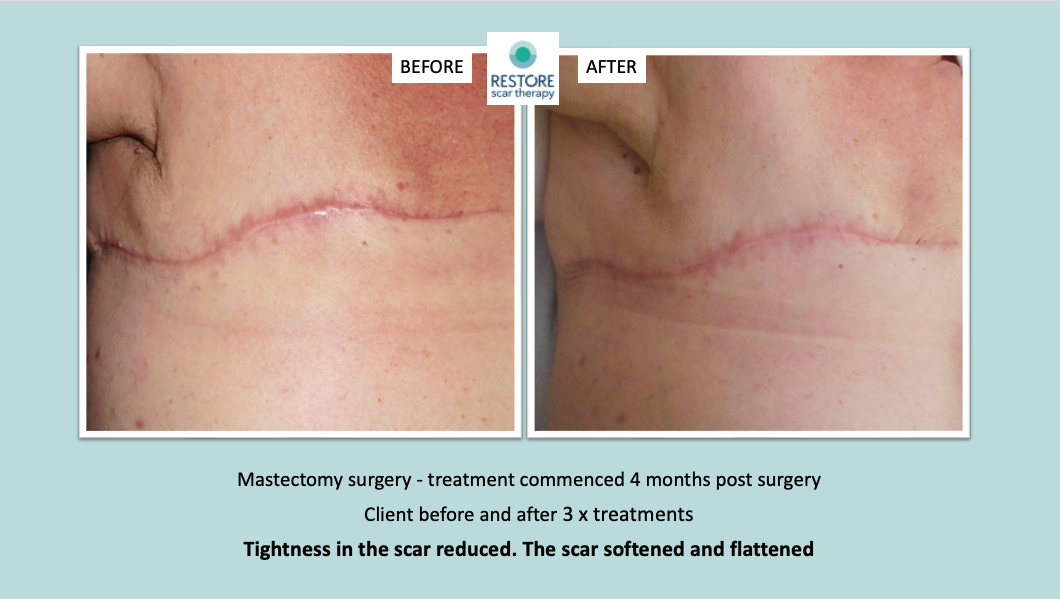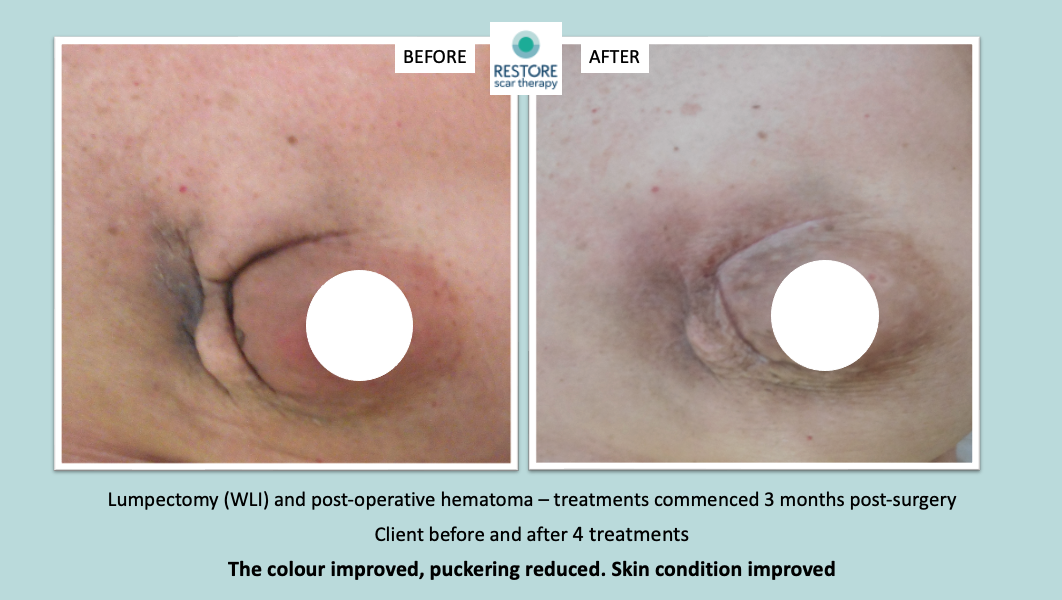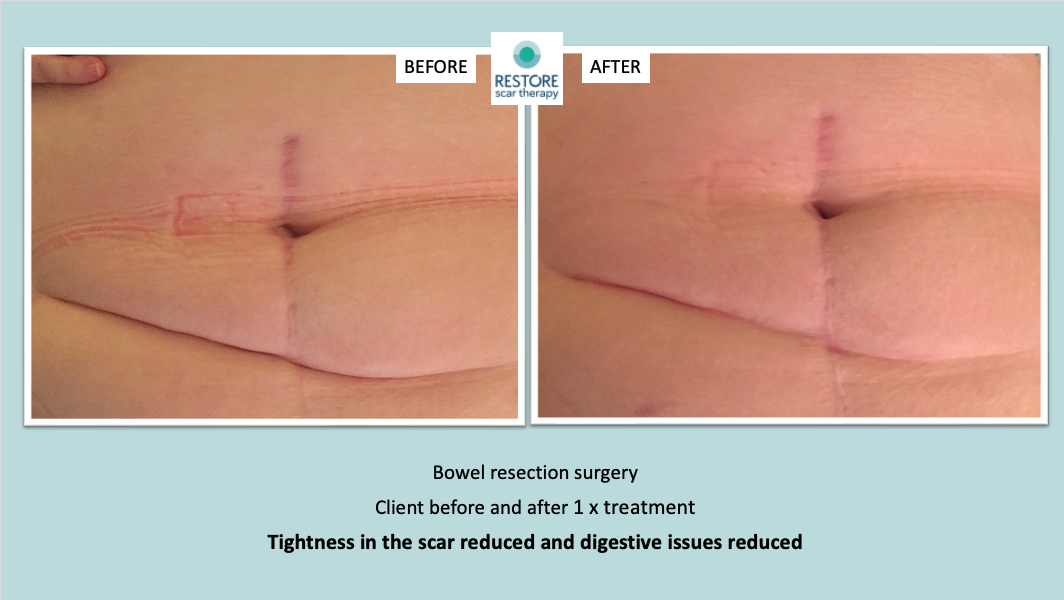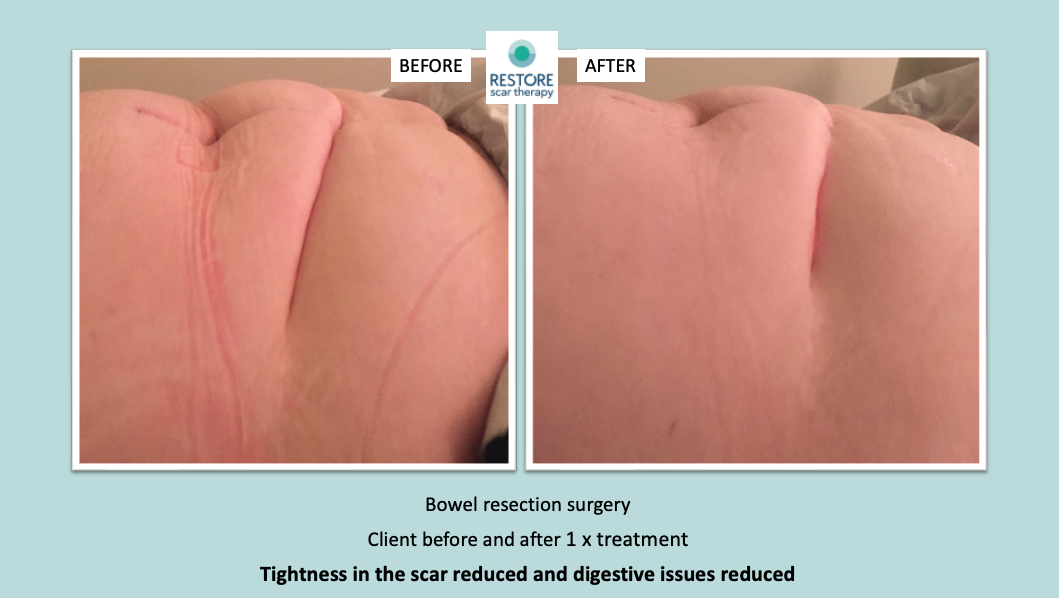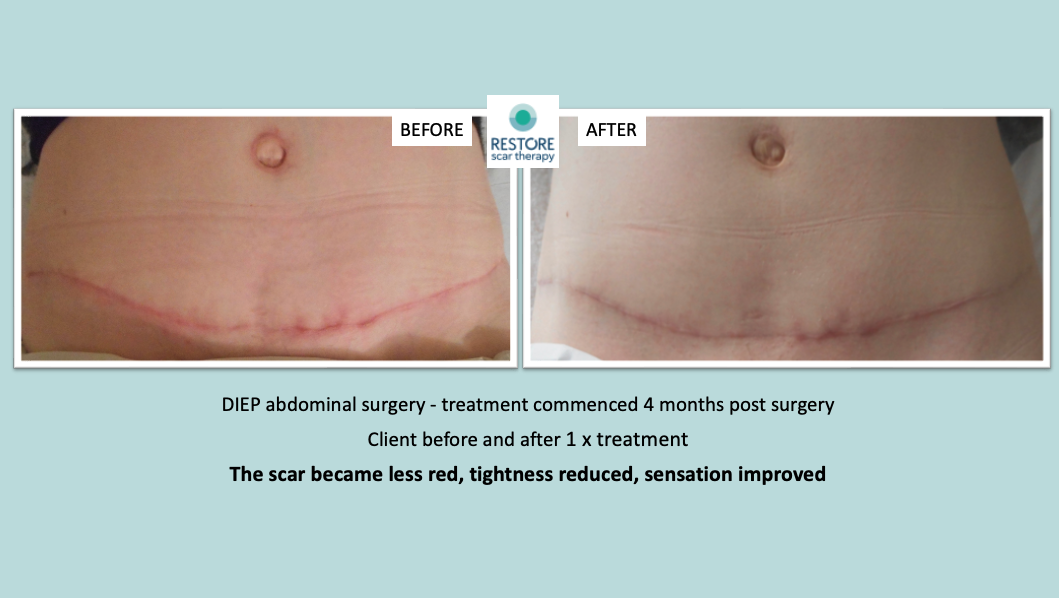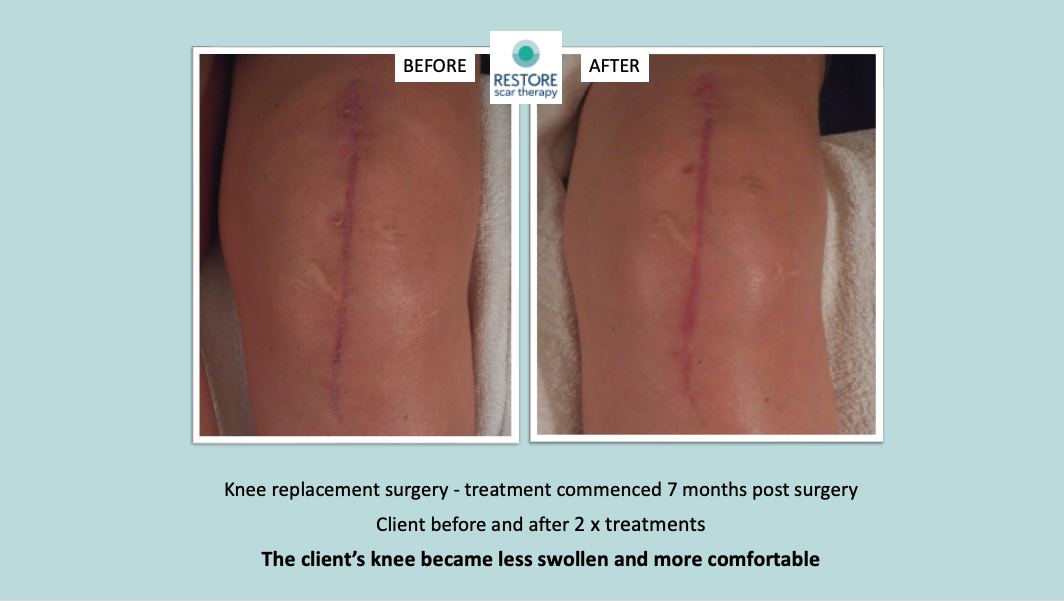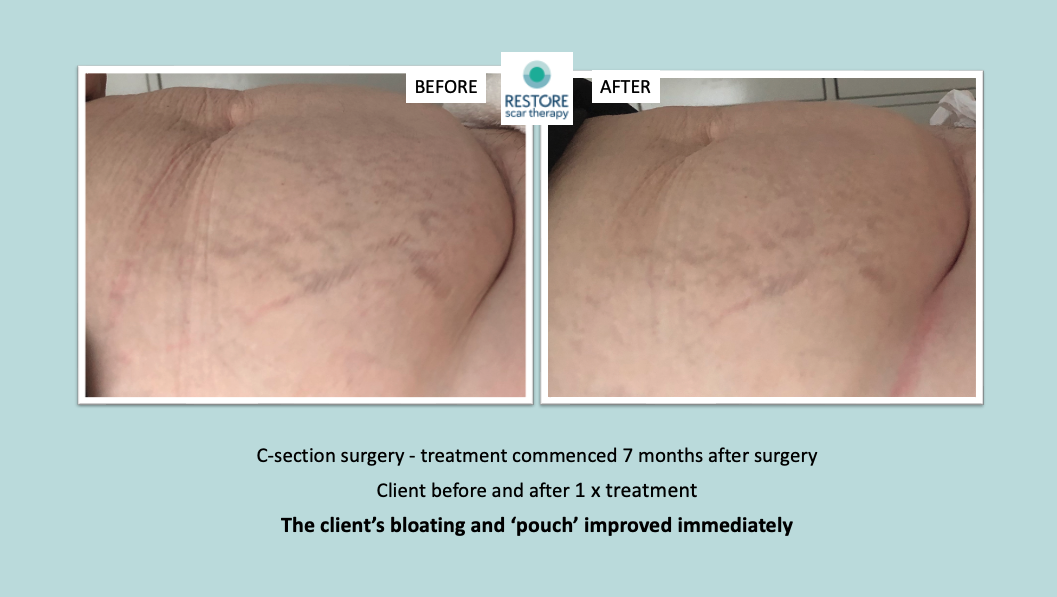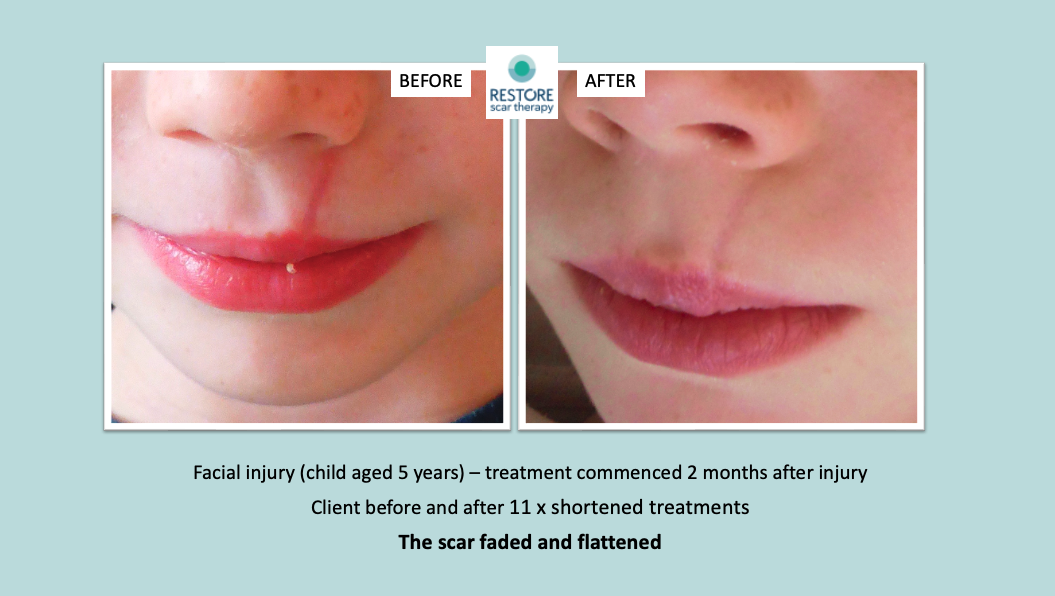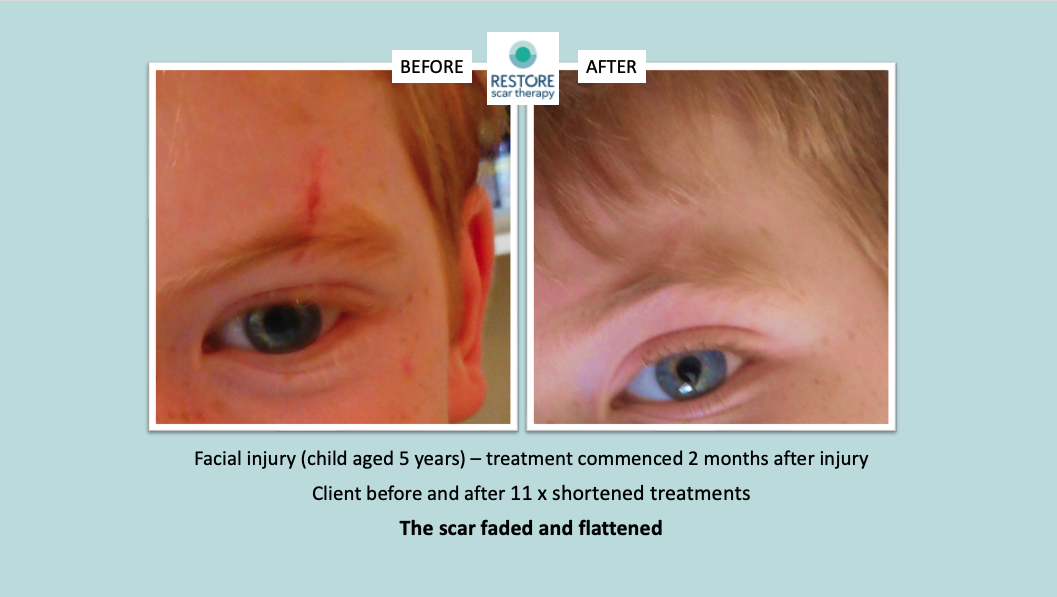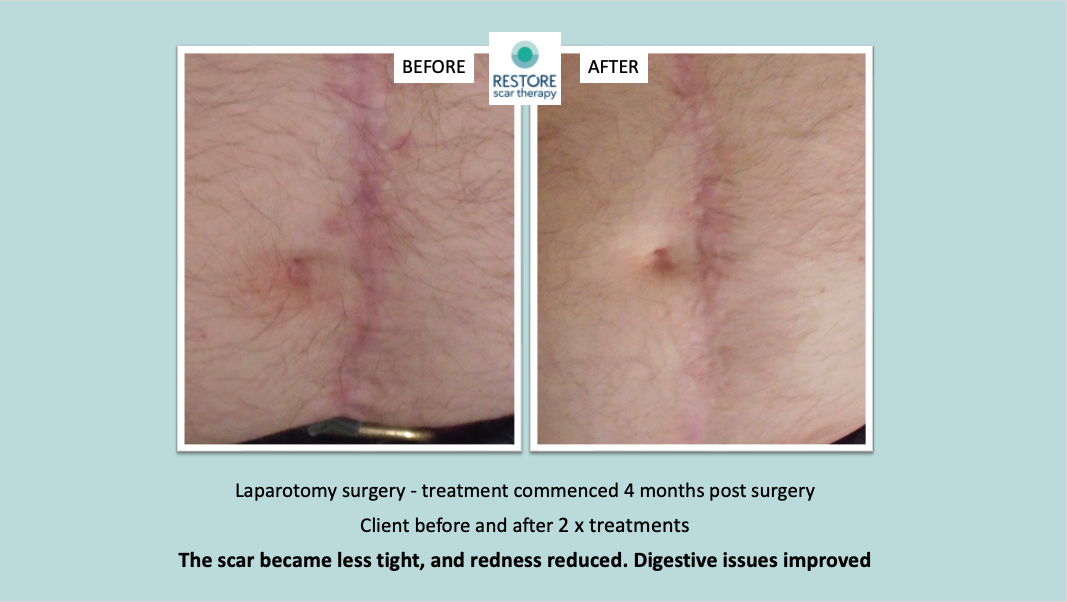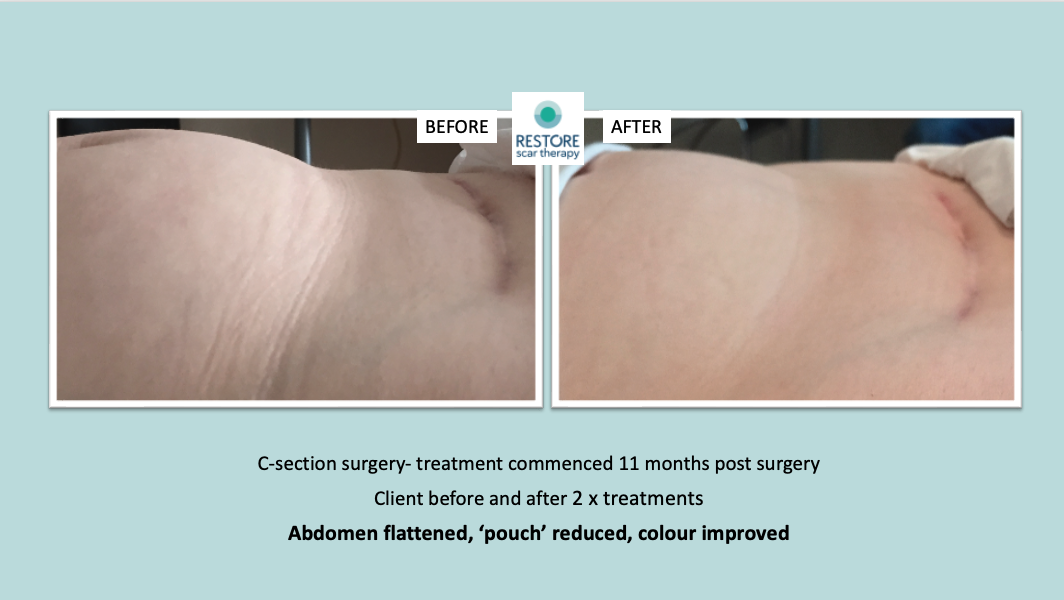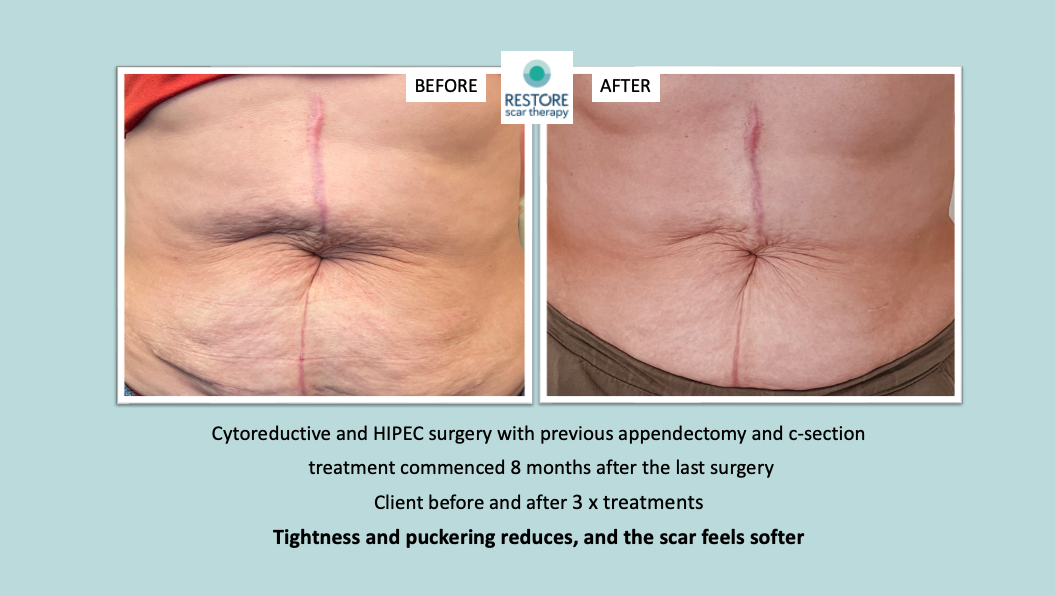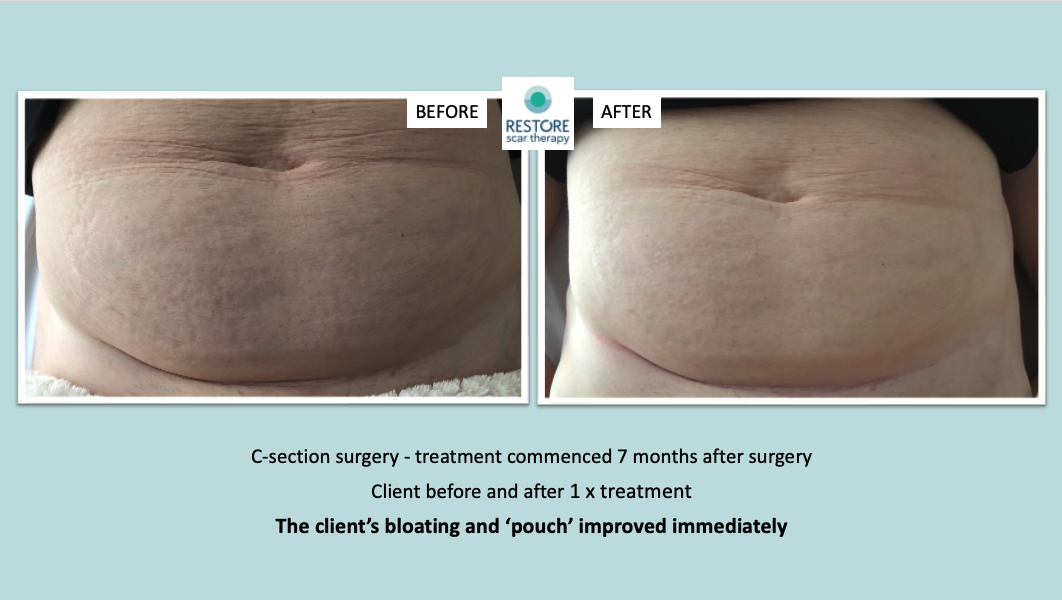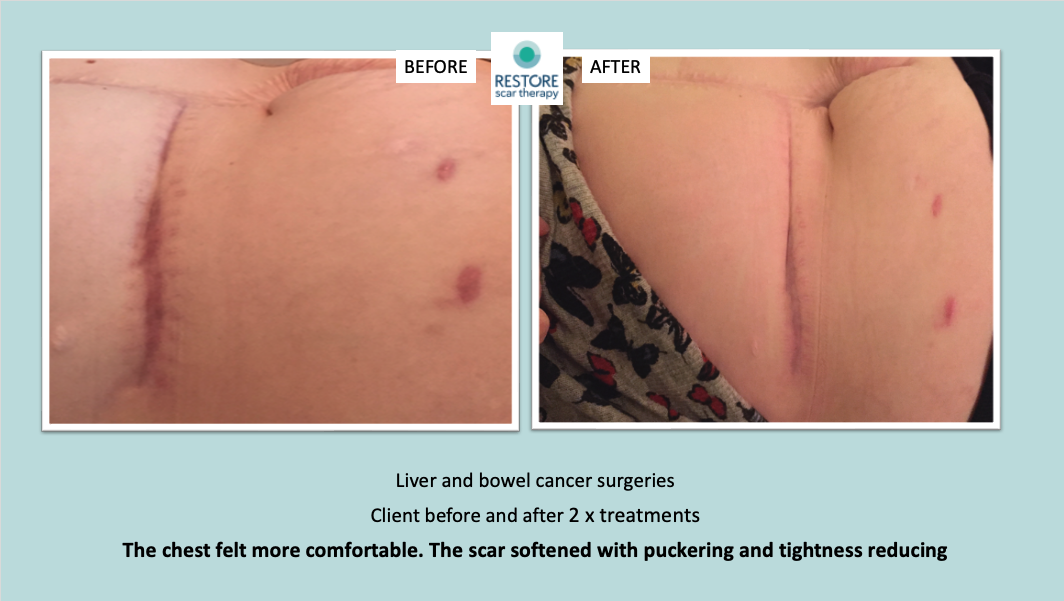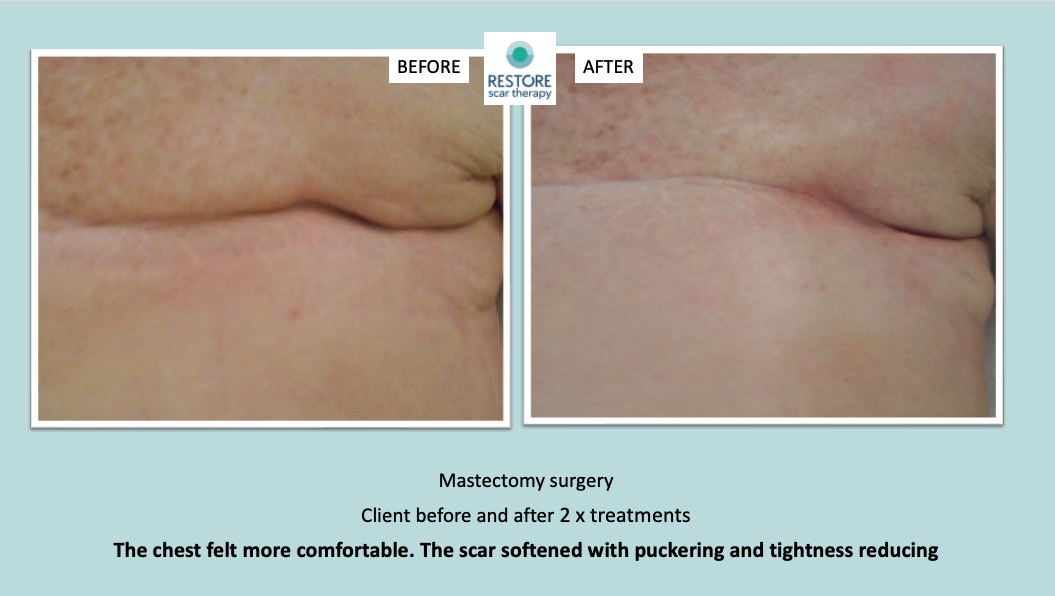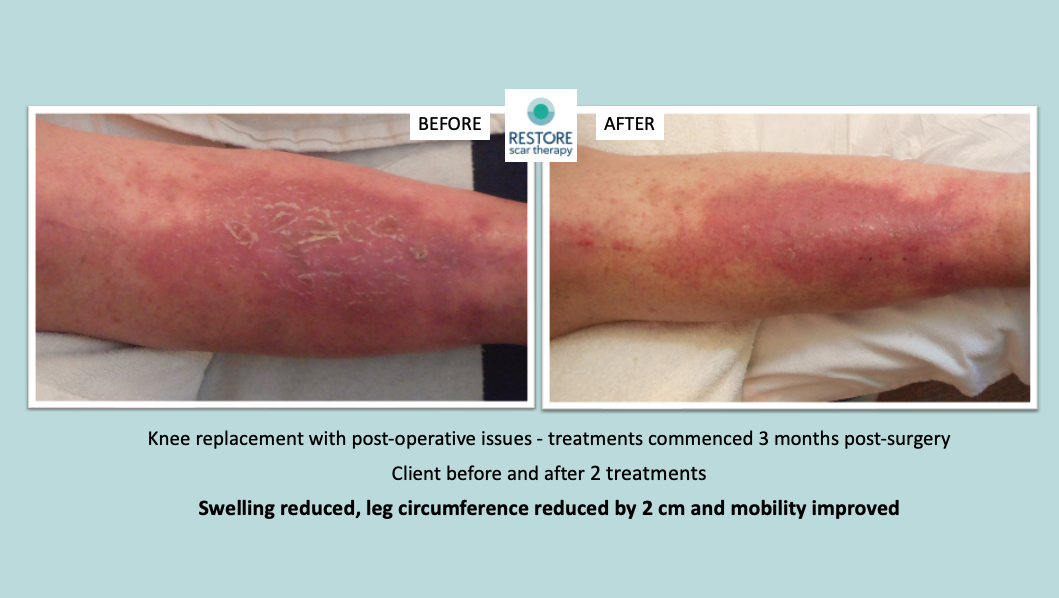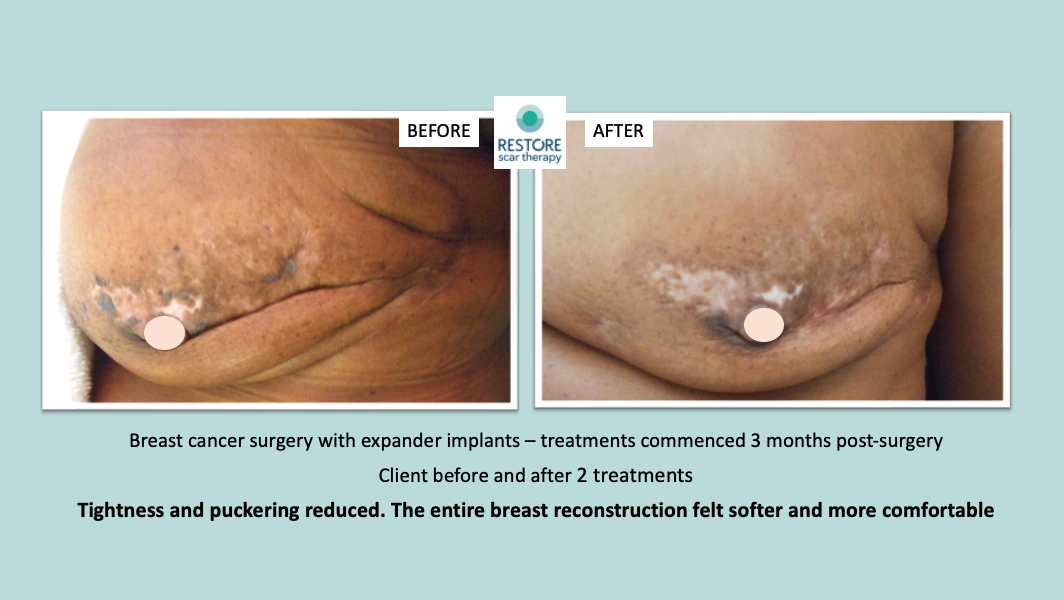Not all scars will have big visual changes as seen the images here. The improvement in your scar after one or two treatments with Emma may be more subtle, every body and every scar is unique, and results differ from individual to individual.
The images shown are thanks to clients who have agreed to allow their photos to be shared to demonstrate the changes possible. Many of these individuals have undergone large and invasive surgery, with poor aesthetic results. In clinic, Emma will regularly see clients who have had much smaller injuries, keyhole surgeries or cosmetic procedures. Treatment is very beneficial for smaller scars and also to promote the best aesthetic and functional outcome in a preventative way, you don’t need to wait until the scar has obvious issues to benefit from treatment.
In a perfect world, everyone would see a scar therapist after an injury or surgery – that’s why consultants and specialists recommend scar massage as standard advice for scar healing – because it’s known to be helpful.
YES! It’s very important to stress that in clinic, Emma is regularly treating scars that look pretty good, but they are causing discomfort. Client often seek help because of problems that are not resolving. This includes pain, sensory issues such as numbness, hypersensitivity, limited or poor range of movement. As a soft tissue therapist, Emma is trained at working with the body to improve functional issues after a surgery or injury leaves scar tissue, fibrosis and damage.
Keloid scars are much more difficult and slower to respond to treatment. Working preventatively is the best course of action (book an appointment for an initial treatment and home-care advice) or come to clinic as soon as you have any concerns. If you suspect your scar may be becoming keloid, rapid action is key, get in touch with Emma Holly so you can start some home treatment using compression and silicone therapy. Hypertrophic scars are slower to respond than a normal scar, but will generally improve with therapy over a prolonged period. The best advice is: Do not ignore issues with your scar, the longer and more embedded the problem becomes, the harder it is to get results.
